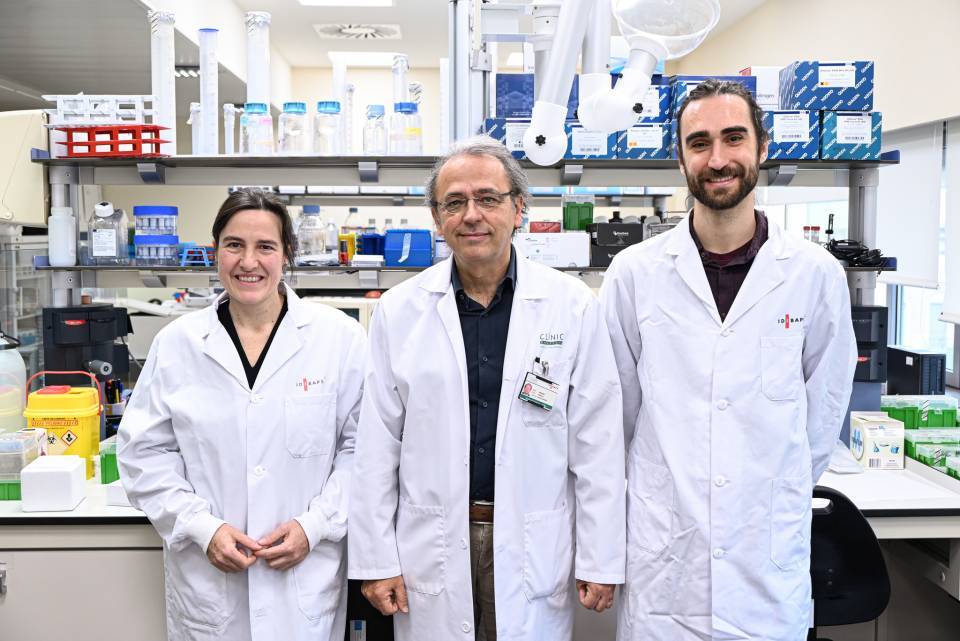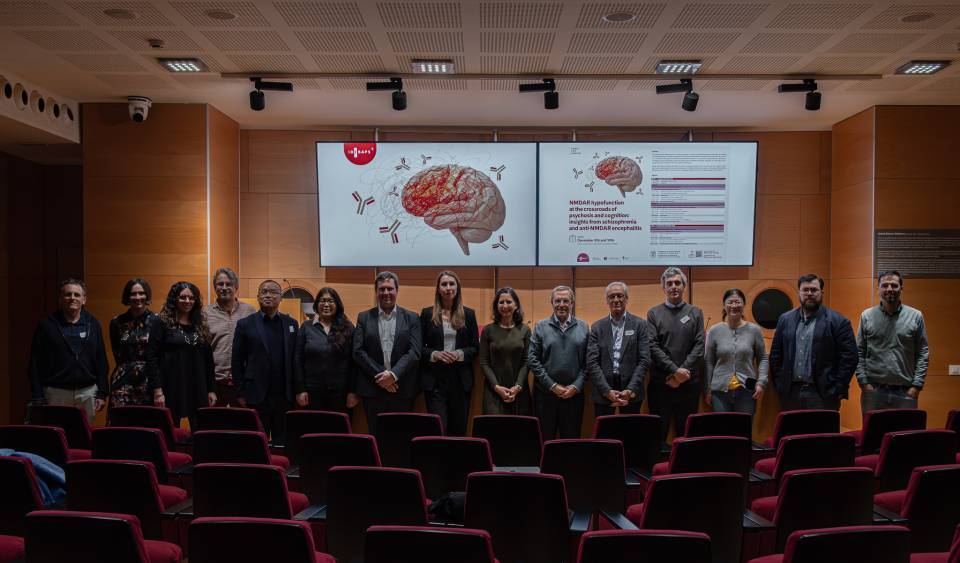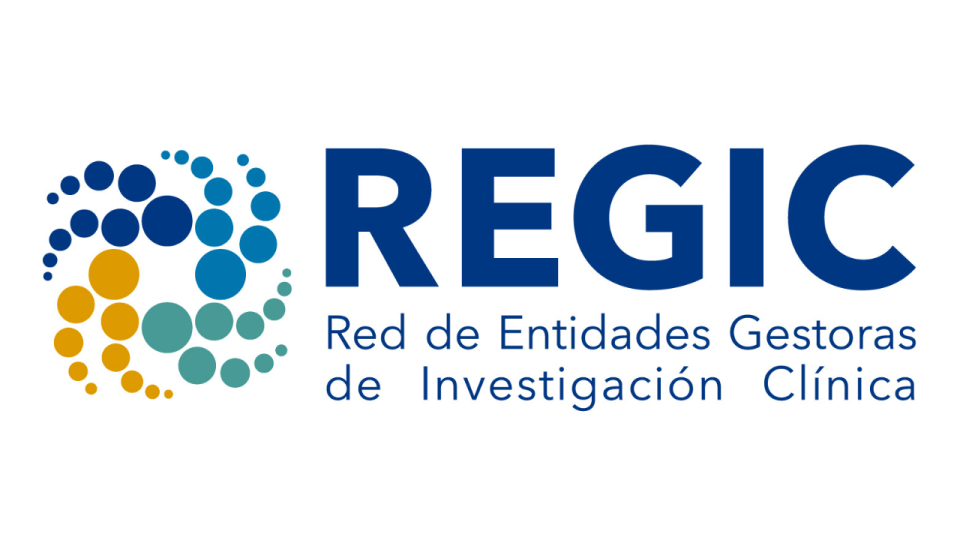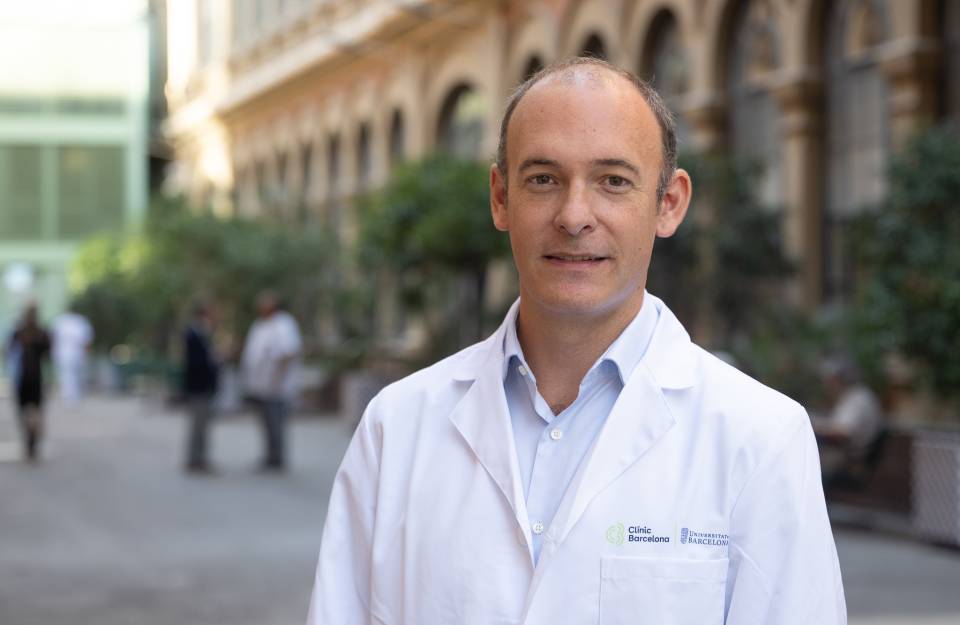Hepatocellular carcinoma, the most common primary liver cancer, is one of the deadliest cancers. This cancer usually develops in people with a history of chronic liver disease such as viral hepatitis or fatty liver resulting from alcohol consumption, obesity, or diabetes.
In order to deepen our knowledge of the efficacy of the different therapies according to the genetic, molecular, and immunological profile of each tumour, the study published in Nature has created different experimental models that recapitulate the main molecular subtypes of hepatocellular carcinoma. The study included the participation of Josep M. Llovet, head of the IDIBAPS group on Translational Research in Hepatic Oncology, Professor of Medicine at the UB and ICREA professor, Professor of Medicine at the Icahn School of Medicine at Mount Sinai, and four members of his team, Roser Pinyol, Albert Gris, Roger Esteban and Júlia Huguet. This research is supported by la Fundació "la Caixa" though the Translational Cancer Resaerch Program.
The study presents 25 new mouse models, as well as the respective organoid models, which faithfully correspond to the four main molecular subtypes of human hepatocellular carcinoma. These new models constitute a platform for the screening of new drugs and advancing in personalised medicine. In fact, the study identifies cladribine as a promising therapy in combination with standard therapy.
Josep M Llovet comments: "The models we have developed are a great advance towards personalised medicine in hepatocellular carcinoma, as they allow us to select treatments based on the molecular characteristics of each tumour. This work opens up new opportunities to develop and test more effective and specific therapies for liver cancer patients."
Optimisation of the drug screening process
First, the different treatments were tested on organoids derived from the mouse models. Organoids are three-dimensional structures, similar to miniature organs, that are created from the tumours of the mice themselves. These models recapitulate the transcriptomic profile, histological organisation and tumorigenic potential of the original tumour, and are therefore an ideal tool for rapid screening of a large number of drugs. In the study, compounds that had shown efficacy in organoids were tested in more complex models such as mouse models.
"Having reliable models is key to being able to quickly test the reuse of drugs or test new therapies. In addition, they can be useful in subsequent analyses to study the evolution, molecular mechanisms of the tumour, or resistance to certain drugs", states Josep M Llovet.
For this study, through this screening platform, 147 molecules have been tested and cladribine, a compound that blocks DNA repair that is already used in other cancers, has been identified as a promising therapy in combination with the standard therapy currently administered to patients with hepatocellular carcinoma.
The reliability of the new models
The mouse models presented in this study include some of the most common genetic alterations in hepatocellular carcinoma in humans. The mouse models resulting from this genetic modification had molecular and pathophysiological characteristics that coincided with human disease. Also, the carcinoma in mice showed the same histological structure as in humans and, as in people, was capable of generating extrahepatic metastases. In addition, the characteristics of the tumour microenvironment in mice coincided with that of humans, demonstrating the high reliability of the new models created.
This work has been possible thanks to the support of the European Commission (Horizon Europe-Mission Cancer, THRIVE, Ref. 101136622), National Institutes of Health (R01-CA273932-01, RO1DK56621 and RO1DK128289), Instituto Nacional de Salud Carlos III (Project PID2022-139365OB-I00, funded by MICIU/AEI/10.13039/501100011033 and FEDER), the Asociación Española Contra el Cáncer (PRYGN223117LLOV; AECC 70% Survival Challenge: RETOS245779LLOV), the Government of Catalonia (AGAUR, 2021-SGR 01347), and the "la Caixa" Foundation.
Article reference:
Human-correlated genetic models identify precision therapy for liver cancer. Miryam Müller et al. 2025. 10.1038/s41586-025-08585-z




